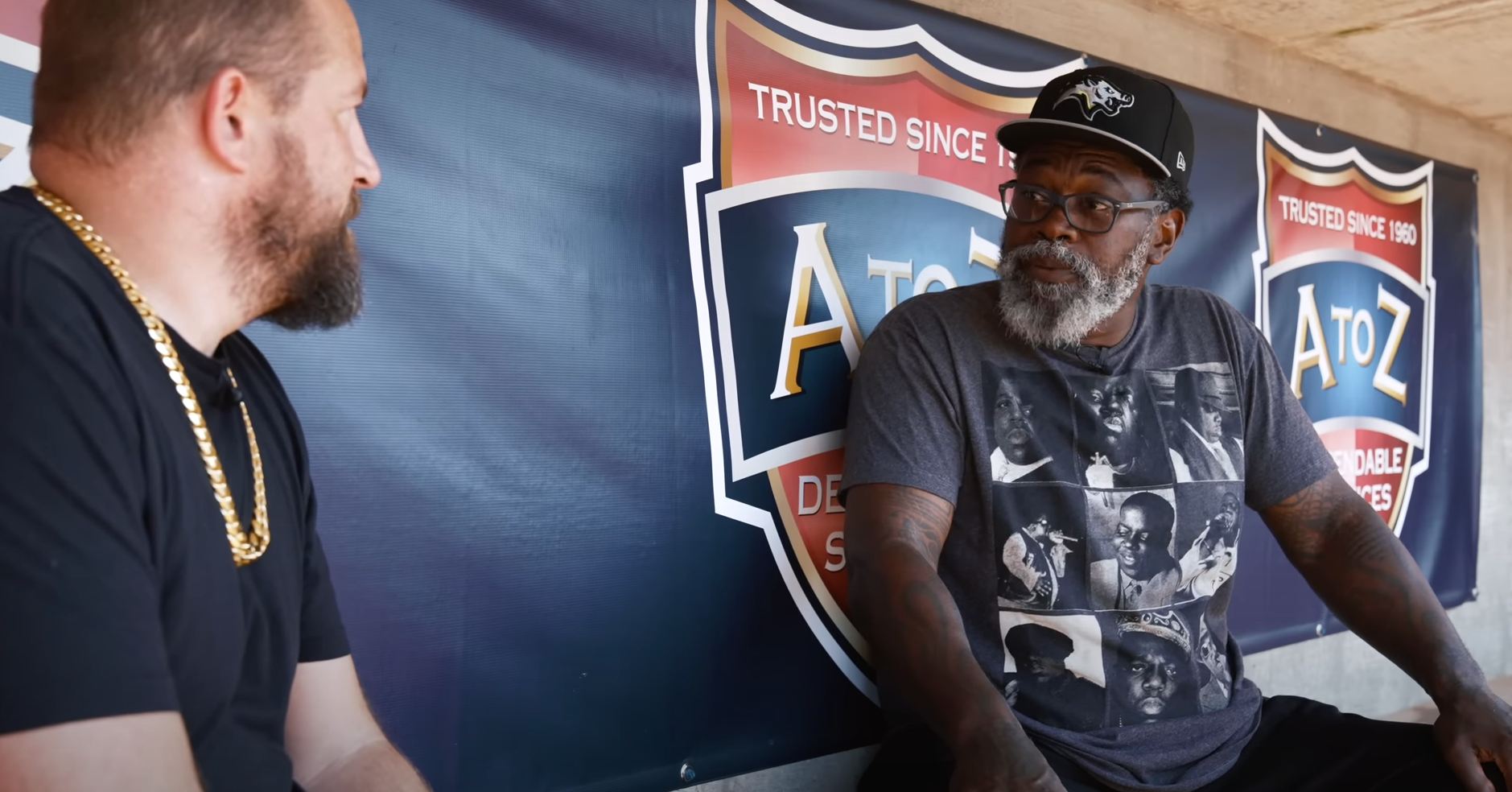Jason Koonce, the founder of OTIA Sports, recently engaged in a captivating interview with Dmitri Young, a two-time MLB All-Star, to explore the fascinating world of sports memorabilia and rare collectibles. The discussion revolved around Young’s incredible card collection, which experts estimate could be worth around $100 million. This article delves into the passion and foresight that went into building this extraordinary collection and examines the growing significance of sports memorabilia as a valuable asset class.
Dmitri Young, known for his powerful swing and infectious energy on the field, has been an avid collector of baseball cards since his early playing days. His carefully curated collection houses some of the rarest and most coveted cards in the industry. What started as a hobby soon transformed into an investment in history, as Young recognized the increasing value of these cardboard treasures.
During the interview, Koonce, a seasoned expert in the field of sports memorabilia, shed light on the factors that contribute to the value of Young’s collection. He emphasized the importance of card condition, rarity, and market demand, which collectively have the potential to appraise the collection at an astonishing $100 million. Koonce’s extensive experience allowed him to explain the fluctuations in the sports memorabilia market and how certain cards have appreciated over the years.
Young shared the stories behind some of his most prized possessions, giving us a glimpse into the emotional attachment collectors develop with their pieces. He described the thrill of chasing down a 1909 Honus Wagner card, a true gem in the world of card collecting, as well as the bittersweet feeling of finally acquiring a long-sought-after Joe DiMaggio rookie card. These anecdotes revealed the deep connections collectors have to their cards, ones that often transcend the financial aspects.
However, the conversation took a poignant turn when Young disclosed that he had to part with the majority of his collection a few years ago. The reasons behind this decision were not disclosed during the interview, but Koonce and Young addressed the implications of such a choice. Reflecting on what could have been, they contemplated the collection’s potential value of $100 million today, a focal point of their discussion.
Koonce also provided insights into how the market for sports cards has experienced unprecedented growth in recent years. Nostalgia, the digital age connecting collectors worldwide, and an influx of wealthy enthusiasts eager to own a piece of sports history have all contributed to this surge in demand. He emphasized that Young’s collection was not just a treasure trove of cards, but also a testament to the history of baseball itself. Through the faces and statistics of its greatest players, Young’s cards capture the essence of the sport.
In conclusion, Jason Koonce’s interview with Dmitri Young not only revealed the remarkable worth of his collection but also highlighted the increasing significance of sports memorabilia as a valuable asset class. Young’s journey showcased the potential of what a dedicated collector can amass over time, while also reminding us of the difficult choices collectors sometimes face. Ultimately, this story emphasizes the value of preserving history through collectibles and the personal connections we develop with these pieces of our past.

